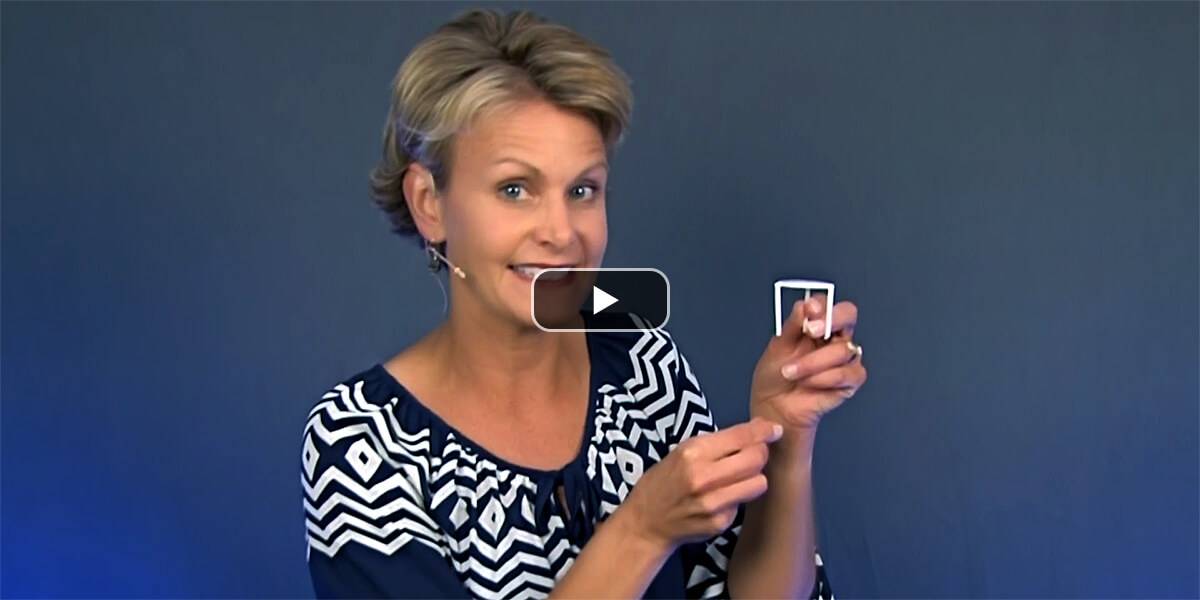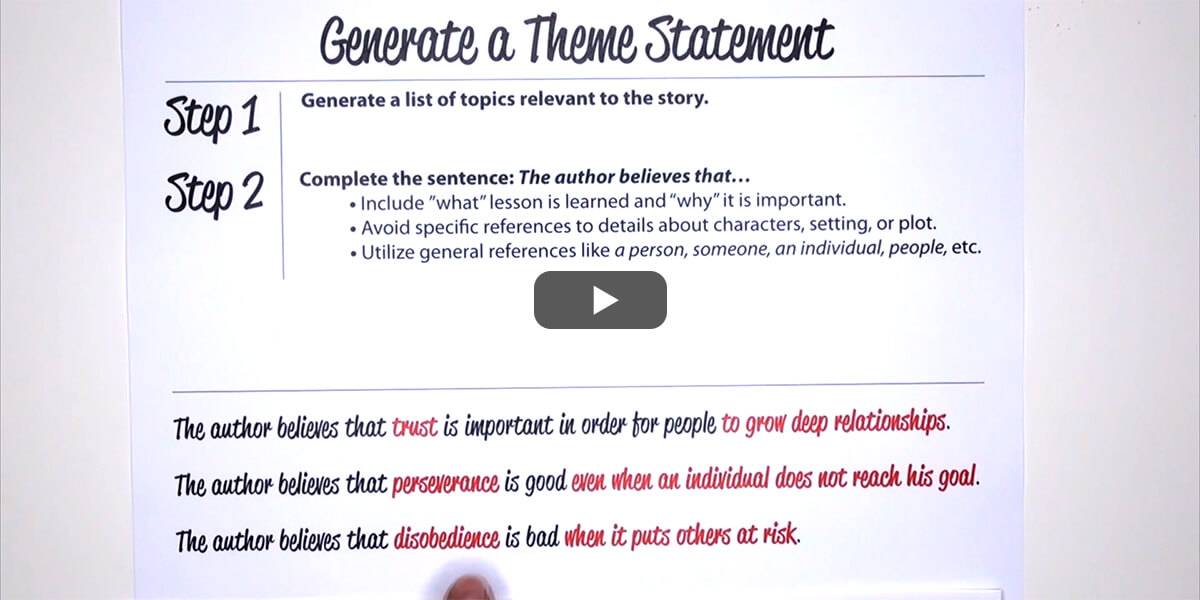reading
Distinguish main idea from theme

After teaching students how to retell a story and then summarize it, we move onto main idea, and then theme. A common question surfaces; what’s the difference between main idea and theme?
Summary vs. main idea
Let’s back up. The difference between a summary and the main idea of a story or article is length. Both the main idea and summary provide only the important details from the text, but the main idea sums up the text in a single sentence. Therefore, a main idea is defined as a single-sentence summary.
- For informational texts, introduce main idea with the concept of newspaper headlines. In a single statement (minus an end mark), newspapers identify an article’s topic and its specific angle or main idea in its headline.Informational text passages that come within your Weekly Reader, Time for Kids, or other subscriptions are excellent sources for main-idea examples.
- For literature, main ideas are communicated using the frame Somebody, Wanted, But, So, Then.The SWBST framework simplifies the process of determining which details to include—or exclude—when students are asked to define the main idea of a story. A main idea example from the well-known fairy tale, Cinderella, would be written as:
Cinderella wanted to go to the ball, but her evil stepmother wouldn’t let her go, so she got a fairy godmother and then met her Prince Charming.
Main idea vs. theme
Before contrasting main idea versus theme, let’s first solidify the definition of theme.
Theme is a lesson, a moral, something that we learn through character choices and experiences. It’s not a 1-3 word topic (e.g., friendship) but a sentence (e.g., Friendship can be found in strangers.).
Since both the theme and main idea are communicated in single-sentence statements, then length is NOT the distinguishing characteristic.
What is the difference between theme and main idea? The big difference is that main-idea sentences always include specific details about the text (e.g., character names, specific places, particular events). Reread the Cinderella example above. In one (long) sentence, the reader learns the specific character, her problem, and its solution.
However, thematic statements are much more global. They never identify details from a specific text. Rather, they often use words like People should… One needs to… Individuals can… This is to emphasize that the life lesson the character learned is applicable to the reader, too.
Some examples of themes within Cinderella include:
- One should never quit wishing because dreams really can come true.
- Eventually, good people triumph over those who are evil.
Notice that this one text has several themes. There is no single “right answer” to a text’s theme question. In fact, push students to consider multiple lessons learned by the various characters. Some themes will be more obvious and are further developed than others. But there are always hints at multiple life lessons.
Main idea vs. theme
Main idea:
-Includes specific details about the text
-Only one main idea in a text
Theme:
-Global statements that offer life lessons
-A single text can have several themes
Specific vs. broad
You could read four texts with four different sets of characters each with a different problem that gets solved. Each text, therefore, would have a DIFFERENT main-idea sentence.
However, those same four stories might all have the SAME theme. They might all reveal that “Friendship can come in the form of strangers.”
This is another distinction between main idea and theme. Although the same broad theme can apply to multiple texts, each text will always have its own specific main idea.






That is a very difficult part of standardized assessments and trying to prepare students for everything you can. Here are two additional Learning Center articles that may prove helpful:
That is a very difficult part of standardized assessments and trying to prepare students for everything you can. Here are two additional Learning Center articles that may prove helpful:
That is a very difficult part of standardized assessments and trying to prepare students for everything you can. Here are two additional Learning Center articles that may prove helpful:
That is a very difficult part of standardized assessments and trying to prepare students for everything you can. Here are two additional Learning Center articles that may prove helpful:
That is a very difficult part of standardized assessments and trying to prepare students for everything you can. Here are two additional Learning Center articles that may prove helpful:
That is a very difficult part of standardized assessments and trying to prepare students for everything you can. Here are two additional Learning Center articles that may prove helpful:
That is a very difficult part of standardized assessments and trying to prepare students for everything you can. Here are two additional Learning Center articles that may prove helpful:
That is a very difficult part of standardized assessments and trying to prepare students for everything you can. Here are two additional Learning Center articles that may prove helpful:
That is a very difficult part of standardized assessments and trying to prepare students for everything you can. Here are two additional Learning Center articles that may prove helpful:
That is a very difficult part of standardized assessments and trying to prepare students for everything you can. Here are two additional Learning Center articles that may prove helpful:
That is a very difficult part of standardized assessments and trying to prepare students for everything you can. Here are two additional Learning Center articles that may prove helpful:
That is a very difficult part of standardized assessments and trying to prepare students for everything you can. Here are two additional Learning Center articles that may prove helpful: